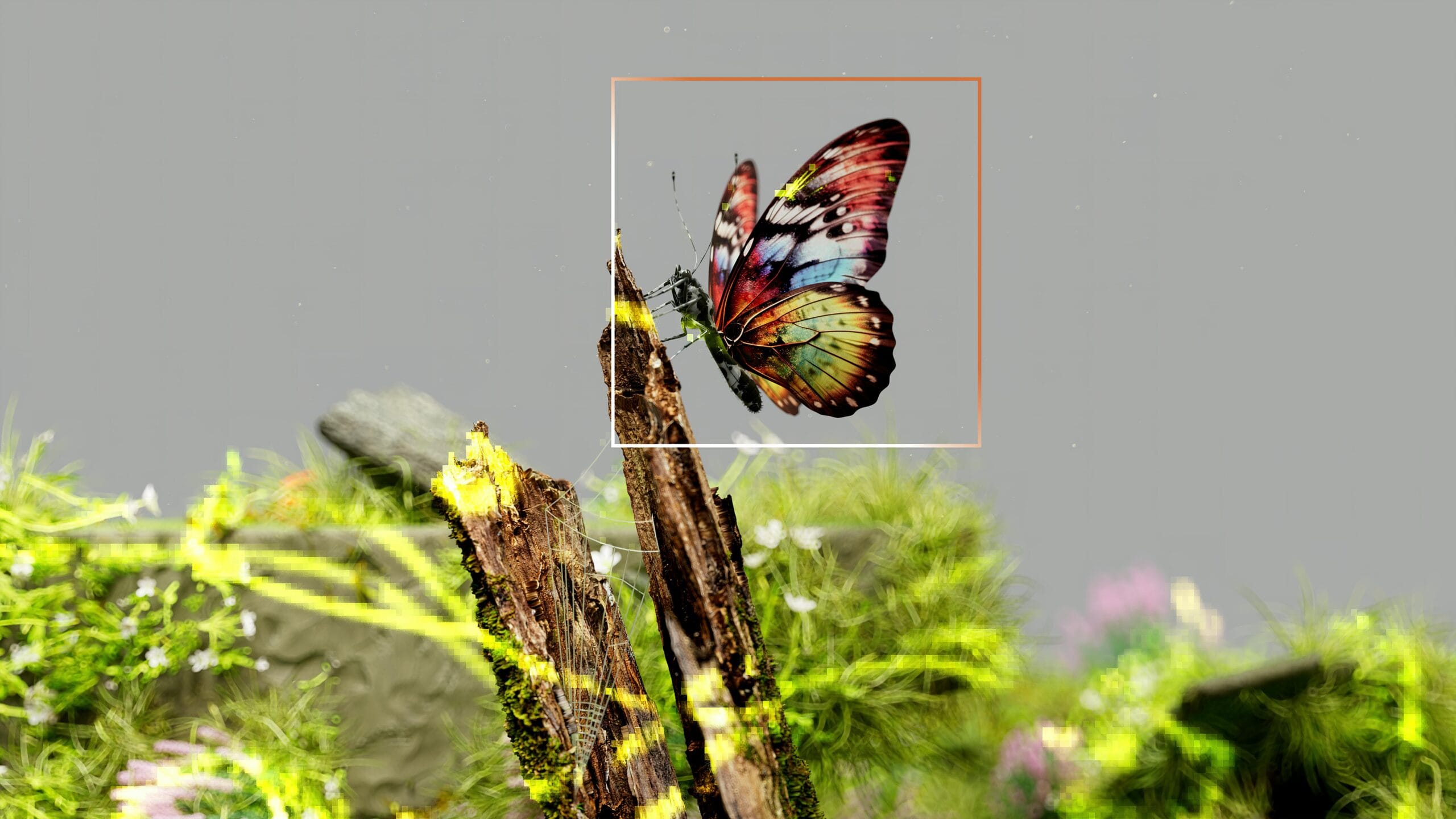Video isn’t just king in 2025—it’s the entire kingdom. Consumers are watching, engaging, and buying through video like never before, with 88% of marketers reporting positive ROI from video content, according to a 2024 Wyzowl study. But producing professional videos used to mean big budgets, long timelines, and endless edits. Not anymore. AI-generated video tools are slashing costs, speeding up production, and driving engagement through the roof. If you’re still stuck in the old-school video production grind, you’re wasting time and money.
This guide dives into the power of AI-generated video content, showing you how to create professional videos in minutes, scale across platforms, and convert viewers into customers. We’ll explore cutting-edge tools like Synthesia, Grok Imagine, and Runway ML, with real-world wins from brands like Wistia, HubSpot, and Nike. You’ll get a step-by-step plan to harness AI video for exponential growth. Let’s cut the fluff and get to work.
Why AI-Generated Video Is Your Growth Engine
Video dominates because it grabs attention and holds it. A 2024 HubSpot study found that video content generates 66% more engagement than text or images. But traditional production is a slog—hiring crews, renting studios, and editing for weeks. AI changes the game, letting you create studio-quality videos in minutes for a fraction of the cost. A 2024 Forrester report revealed that businesses using AI video tools cut production costs by up to 60% while boosting campaign ROI by 35%.
The secret? AI tools like Synthesia generate realistic avatars, Grok Imagine animates creative visuals from text, and Runway ML transforms static images into cinematic clips. These tools democratize video creation, letting small teams compete with big budgets. Ignore this trend, and you’re handing your audience to competitors. Here’s how to make AI video your superpower.
Three Pillars of AI-Generated Video Success
To dominate with AI-generated video, focus on three pillars: rapid creation, scalable production, and conversion-driven strategies. Each leverages AI to save time and drive results.
1. Rapid Creation: Professional Videos in Minutes
AI video tools turn scripts, text, or even ideas into polished videos faster than you can schedule a film crew. Platforms like Synthesia let you type a script, pick an AI avatar, and produce a video in over 120 languages with realistic lip-syncing. A 2024 Synthesia case study showed how Reuters used Synthesia to create training videos, cutting production time by 50% and saving $10,000 per project.
But Synthesia isn’t the only player. Grok Imagine, created by xAI, excels at turning text prompts into stunning animations, ideal for creative campaigns. A 2025 post on X by @Meer_AIIT praised Grok Imagine for animating memes and reviving old photos, making it a versatile tool for viral content. Meanwhile, Pictory transforms blog posts into short, engaging videos using stock footage, perfect for repurposing content. HubSpot used Pictory to turn webinars into social clips, boosting LinkedIn engagement by 25% in 2024 (HubSpot Annual Review, 2024).
The catch? AI can feel generic without customization. Always tweak outputs to match your brand’s voice and style.
Actionable Tip: Use Synthesia to create a 1-minute explainer video from a script. Test Grok Imagine for a creative animation. Review both for brand fit this week.
2. Scalable Production: More Content, Less Effort
Scaling video content means producing high volumes without breaking the bank. AI makes this possible by automating repetitive tasks like editing, subtitling, and localization. A 2024 Wistia report found that businesses using AI tools produce 40% more video content annually, with 30% higher engagement rates.
Wistia itself is a standout. Known for hosting and analytics, Wistia integrated AI tools like Descript to auto-edit podcasts into shareable clips, increasing their YouTube reach by 20% in 2024 (Wistia Blog, “Scaling Video Content,” 2024). Similarly, Runway ML offers advanced editing features like background removal and motion tracking, letting brands create cinematic videos from simple inputs. Nike used Runway ML to generate short-form Instagram Reels, driving a 45% engagement spike in 2024 (AdWeek, “Nike’s Gen Z Strategy,” 2024).
The challenge? Managing quality at scale. Use templates and brand guidelines to keep outputs consistent.
Actionable Tip: Create a video template in Pictory for social posts. Use Runway ML to edit one clip with AI effects. Schedule five videos this month.
3. Conversion-Driven Strategies: Turn Views into Sales
Videos don’t just entertain—they sell. AI tools optimize content for conversions by personalizing, testing, and targeting. A 2024 Salesforce report found that personalized video campaigns boost conversion rates by 28%.
Take Duolingo’s TikTok strategy. Using HeyGen to create personalized, language-specific videos, they saw a 50% increase in app downloads in 2024 (Forbes, “Duolingo’s TikTok Triumph,” 2024). HeyGen’s AI avatars and voice cloning let Duolingo target niche audiences with tailored content. Similarly, Colossyan offers instant translation, enabling global campaigns. Adidas used Colossyan to localize ads, increasing European sales by 15% in 2024 (Marketing Week, “Adidas’ Localization Strategy,” 2024).
The pitfall? Over-automation can feel robotic. Always add a human touch to keep videos authentic.
Actionable Tip: Use HeyGen to create a personalized video for one audience segment. Test CTAs with Google Optimize to boost clicks.
The Cost of Ignoring AI Video: You’re Already Behind
Sticking to traditional video production isn’t just slow—it’s a growth killer. Here’s what you’re losing:
- Wasted Budget: Manual production is pricey. A 2024 Forrester report showed AI video tools cut costs by 60%.
- Missed Engagement: Static content lags. HubSpot reported video drives 66% more engagement than text.
- Lost Conversions: Generic videos flop. Salesforce found personalized videos boost conversions by 28%.
- Competitor Edge: AI adopters dominate. A 2024 McKinsey study noted that AI-driven brands gained 20% market share over laggards.
The stakes are clear: embrace AI video, or watch your audience slip away.
Your Step-by-Step Plan to Master AI Video Content
Ready to create, scale, and win? Here’s a six-step plan to harness AI-generated video for growth.
Step 1: Define Your Video Goals—Be Specific
Set SMART goals tied to business outcomes—Specific, Measurable, Achievable, Relevant, Time-bound. Example: “Increase YouTube conversions by 25% in 90 days.” A 2024 HubSpot report found goal-driven campaigns outperform vague ones by 28%.
Pro Tip: Align goals with revenue—e.g., “Drive $15,000 in sales from video ads in Q3.”
Step 2: Choose Diverse AI Tools—Cover All Bases
Pick tools for creation, editing, and localization. Synthesia is great for avatar-led videos, Grok Imagine for creative animations, and Pictory for repurposing content. Wistia’s use of Descript to edit podcasts into clips boosted YouTube reach by 20% (Wistia Blog, 2024).
Actionable Tip: Test Synthesia for an explainer and Grok Imagine for a social animation. Compare results in 30 days.
Step 3: Create Professional Videos—Fast and On-Brand
Use AI to produce polished videos. Colossyan helped Accenture create multilingual training videos, saving 40% on production costs in 2024 (Search Engine Journal, “Accenture’s Video Strategy,” 2024). Customize outputs with your brand’s fonts, colors, and logos.
Actionable Tip: Create a 1-minute video in Synthesia with your brand colors. Use Canva to add custom overlays.
Step 4: Scale Across Platforms—Maximize Reach
Automate production for multiple channels. Runway ML helped Nike create Instagram Reels, as mentioned earlier, scaling content 40% faster (AdWeek, 2024). Use templates to ensure consistency across YouTube, TikTok, and LinkedIn.
Actionable Tip: Produce five social videos with Pictory’s templates. Schedule with Buffer.
Step 5: Optimize for Conversions—Drive Action
Personalize videos and test CTAs. Duolingo’s HeyGen strategy, as noted, drove 50% more downloads (Forbes, 2024). Use analytics to track click-throughs and refine.
Actionable Tip: Create a personalized video with HeyGen. Test two CTAs in Google Optimize.
Step 6: Measure and Iterate—Data Is Your Guide
Track KPIs like views, engagement, and conversions with Google Analytics or Mixpanel. Airbnb’s AI-optimized video campaigns recovered 90% of pre-pandemic bookings by 2024, tweaking based on data (Business Insider, “Airbnb’s Recovery,” 2024).
Actionable Tip: Build a Mixpanel dashboard for video KPIs. Review biweekly and adjust.
The Mindset: Create Fast, Scale Smart, Win Big
AI video success is a mindset:
- Assume Speed Wins: AI slashes production time—use it.
- Stay On-Brand: Customize outputs to reflect your identity.
- Test Relentlessly: Tweak and scale what works.
- Focus on Conversions: Views are nice; sales are better.
This is how Wistia, Nike, and Duolingo don’t just create—they dominate.
Your Action Plan: Start Today
Here’s your to-do list:
- Set Goals
- Write a SMART goal (e.g., “Boost video conversions by 25% in 90 days”).
- Pick Tools
- Test Synthesia and Grok Imagine for 30 days.
- Create Videos
- Produce a 1-minute explainer in Synthesia with Canva overlays.
- Scale Content
- Schedule five videos with Buffer using Pictory templates.
- Optimize for Conversions
- Test two CTAs with Google Optimize in a HeyGen video.
- Measure Results
- Build a Mixpanel dashboard. Check biweekly.
This is your roadmap to video dominance. Start now.



